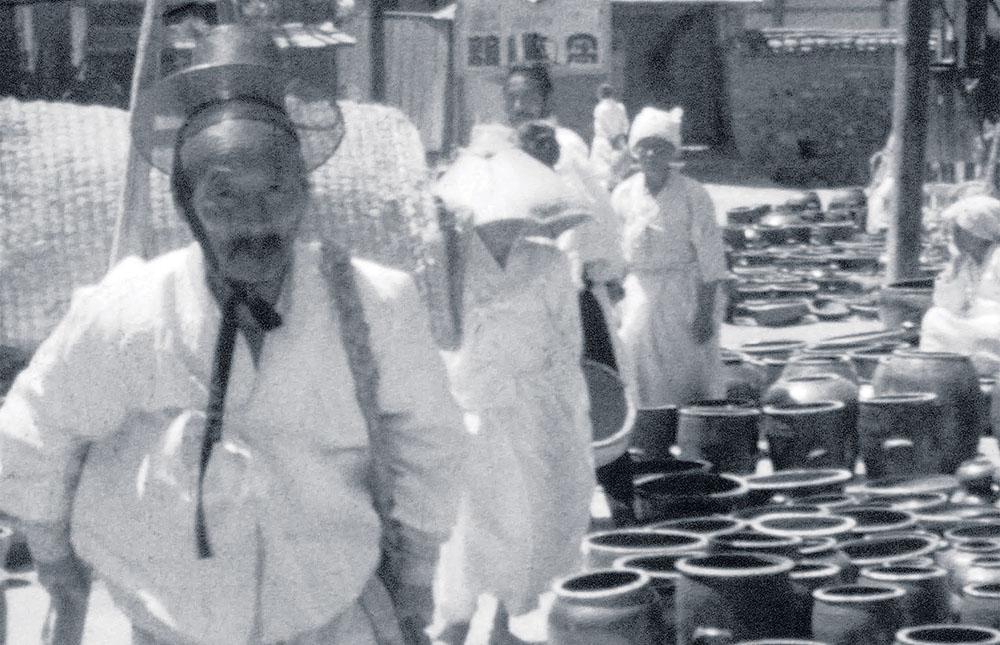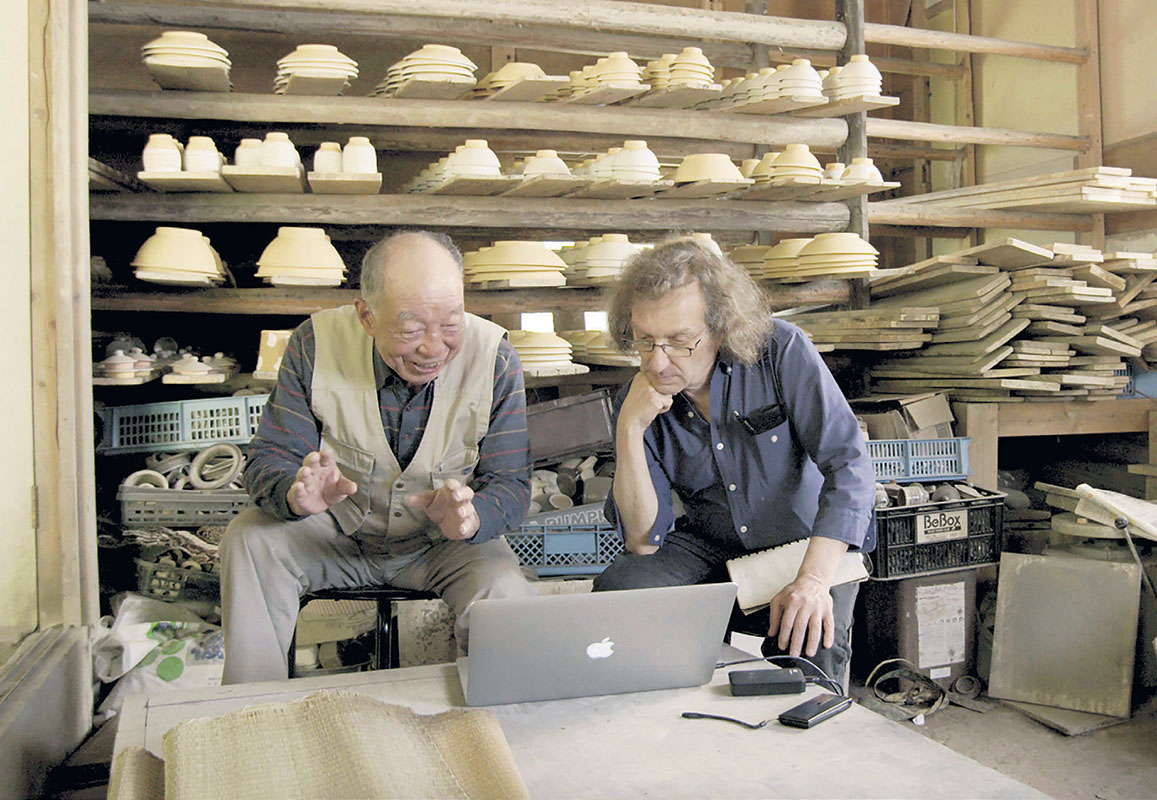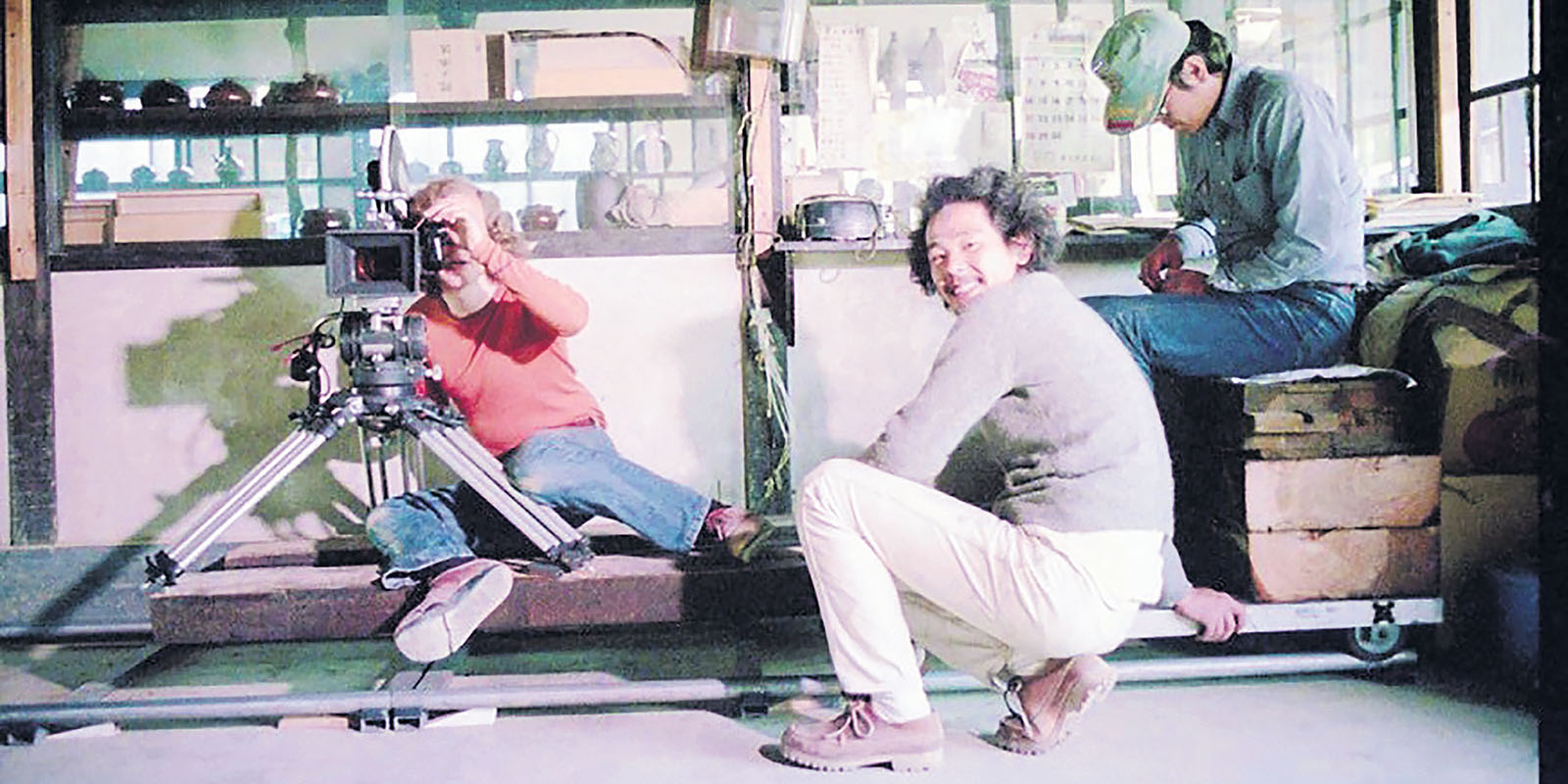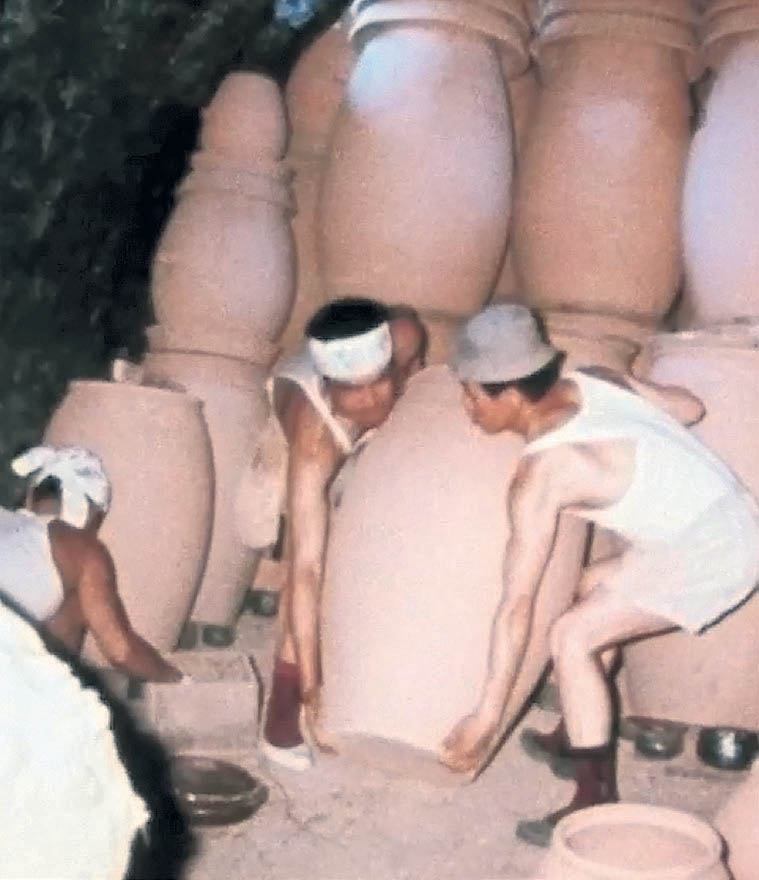Film, Pottery, and the Mingei Movement: A Conversation with Marty Gross
Marty Gross is a filmmaker and producer based in Toronto. He also founded and runs the Mingei Film Archive Project. Established in the 1920s in Japan , the Mingei Movement championed the beauty of everyday, homemade objects. Over the past few years, Marty Gross has overseen the restoration and remastering of a vast collection of Mingei-related films from Japan, Korea, England, and the United States, covering the period from 1925-1976. In this conversation, he discusses pottery, filmmaking, the Mingei Movement, and the archive he is building at the intersection of these disciplines.
This transcript has been heavily edited and abridged. The original interview includes a wealth of further details and discussion. To hear to the full conversation, listen and subscribe to The Channel podcast:
The films you’re restoring for the Mingei Film Archive Project depict ceramic production in 20th-century Japan and Korea. How did you become interested in film and ceramics in general?
Well, as a teenager, I took a pottery class. It was something as simple as that. I became interested in pottery making and what kind of life you could live as a potter. That led me to go to Japan to study. I studied in Japan just for about five months because I was already quite busy here [in Canada] with a teaching career. After my first trip to Japan, I made a film about the work I was doing with children in my studio, which was called As We Are. When that was completed, I decided that I wanted to bring the two things together – my filmmaking and my interest in ceramics – so I made the film Potters at Work, which led me on the path that I’m on now.

Fig. 2: Bernard Leach Films Korea and Manchuria, 1935.
What is the Mingei Movement? When was it established and who were its founders?
1926 was when they came up with the word Mingei, which is a new coinage. That term was decided upon by the key philosopher and aesthetician in this movement, whose name was Yanagi Muneyoshi or (as known in the West) Yanagi Sōetsu. He was a brilliant young man. He had been deeply involved in promoting information and knowledge about the newest in Western art in Japan in the 1920s. As time went on, he developed a strong interest, through his visits to Korea, in objects used for daily life. He changed his focus from searching outside of Asia to searching inside of Asia. Korea was exceedingly important to him. He’d been invited there to look at the objects created for use in daily life by ordinary village craftspeople of Korea. And when he came back to Japan, he started looking around Japan as well. He began collecting and realized that there were many rich traditions of craft-making all over Japan. Some of this was new for people in a certain way. These were city people I’m talking about. They were artists and intellectuals. As Japan was developing its modern transportation system in the 20s, suddenly they could go and see things that they hadn’t seen before. Japan is a very mountainous country, and most of the works that were made in localities stayed in those localities. Suddenly, there was a whole new world opening up for these people. They could see the beauty of ordinary objects made by, shall we say, ‘ordinary’ people for their friends and for their neighbors. It was a different idea of what was beautiful. In a Western sense, we think of beauty as a result of effort, of deliberation, of great trying, and, to some extent, of suffering. The artist is seen as a sufferer, whereas this is a radically different way of looking at things. This is like: Beautiful things are created by ordinary people for use by people like themselves.

Fig. 3: Hamada Shoji Makes a Tea Bowl, 1970.
What do you see as the legacy of the Mingei Movement today?
The Mingei Movement continues to be with us. The reason I say this is that there continues to be interest in handmade goods and handmade items. Now, as we feel that we’re losing knowledge of how to do all these things – and we’re losing the people who did these things – there is an attempt to revive it. The social context is different for us, but I think the need is still there. Now especially, when we’re all enduring this worldwide pandemic, we are sitting and looking at what’s around us, partly because we have no choice. One of the underpinning ideas of the Mingei Movement is the use of local materials. This was kind of a rule that they had. There was a strong feeling that every material that you touch has both its qualities and its limitations. Constant repetition and practice allowed you to make good use of the limitations as well as the qualities of the materials on hand. Now here we are, faced with: “What we have is right here.” Of course, we have Amazon to help us get whatever we need, but on the other hand, we’re trying to understand how to experience these new limitations.
One other way I can think of that the Mingei Movement endures is exactly through the work that you’re doing to restore and publicize all of this old footage of the potters and their techniques, which brings us to the films themselves.
Every film in the archive – there are more than 50 hours of film now – I either stumbled on, found, or sought out. When we read stories about how people used to work, it all sounds very fascinating and romantic. The storytelling is fascinating and romantic, but I realized that I had a unique opportunity. With the films I had, I could actually show people what it looked like and help them feel what life was like back then by adding oral history commentaries to the films. We still have the opportunity to talk to some people who were there and experienced life as it’s depicted in the films. Because of digital technology, I have the opportunity to work with people quite intimately. I can sit with a potter in his home with a quiet machine and a microphone and my laptop. I can show films and get that person to comment and reminisce and explain. So I’ve done that for approximately 40 films so far, in Japanese and in English and several in Korean.

Fig. 4: Interviewing Sakamoto Shigeki, Onda, Oita Prefecture for commentary on 1950s films of Onda pottery, 2015.
Do you have a sense of who the imagined audience for these films originally was?
I can imagine my audience, but I’m not sure that I can necessarily tell you too much about what the audiences were at the time. Some were made for record-keeping. The film made by [the Benedictine Priest] Norbert Weber in Korea did play in cinemas in Germany, and I believe it was quite popular. It was an exotic look at Korea and what the Benedictine missionaries were doing to educate or to convert the Korean people at that time. The film that Bernard Leach made – I believe that he made it to share his fascination with Japan and to create a visual document to accompany his lecture tours. Leach later travelled in Scandinavia and Europe. Bernard Leach mentions showing films in different places, but I’ve never managed to find any information about how people may have reacted. The films that Bernard Leach made would have been the very first moving images of Japanese craftsmen at work.
In other cases, some of the films were documentaries made for educational use in universities and colleges. As for who’s going to watch this now, I’d like to hear from people who are going to watch the films now [laughs]. To me, it’s a visual record. It allows us to imagine how things get made. I, for one, when I look at things, am always curious about how they were made.

Fig. 5: Filming Potters at Work, Koishibara, Japan, 1976.
As you build this huge archive and restore all of these old films, was there any particular moment that stuck with you or had a particular impact on you?
I’m going to tell you one story: I went to Mashiko. 1 There’s a very key film in this project that was made by the Kokusai Bunka Shinkokai (KBS) 2 in 1937. I call it Mashiko Village Pottery, 1937. I went to visit the grandson of the home and pottery studio where that film was taken. His name is Sakuma Fujiya. I called him to say that I have this film. He said, “Oh yeah, I know about that film. I have a video copy.” So I went to visit him with the film on my laptop and my notebook. My idea was, “I’m going to write notes, and then I’m going to write a narrative.” But about halfway into this, I realized that’s not what we were going to do. What we’re going to do is let him tell his own story, because who could do better? There is no substitute for the human voice of the person who actually knows what he’s talking about. It turned out that Sakuma Fujiya is also a great storyteller and has a wonderful voice, and that helped. So I told him, “I’m coming back. I’m going to record your voice, and you’re going to be the narrator.” The result is actually quite a brilliant story. Then I moved on to other people. The authenticity and the sense of “being there” that they provide is something that I am very satisfied with. I’m happy and proud that I have been able to find people to cooperate with me in telling these stories and in reviving these films in this way.

Fig. 6: Loading kiln in The Working Processes of the Korean Folk Potter, 1974.